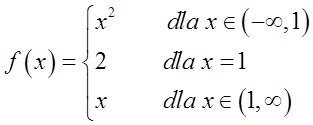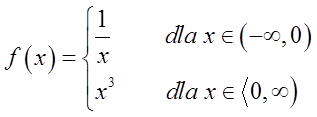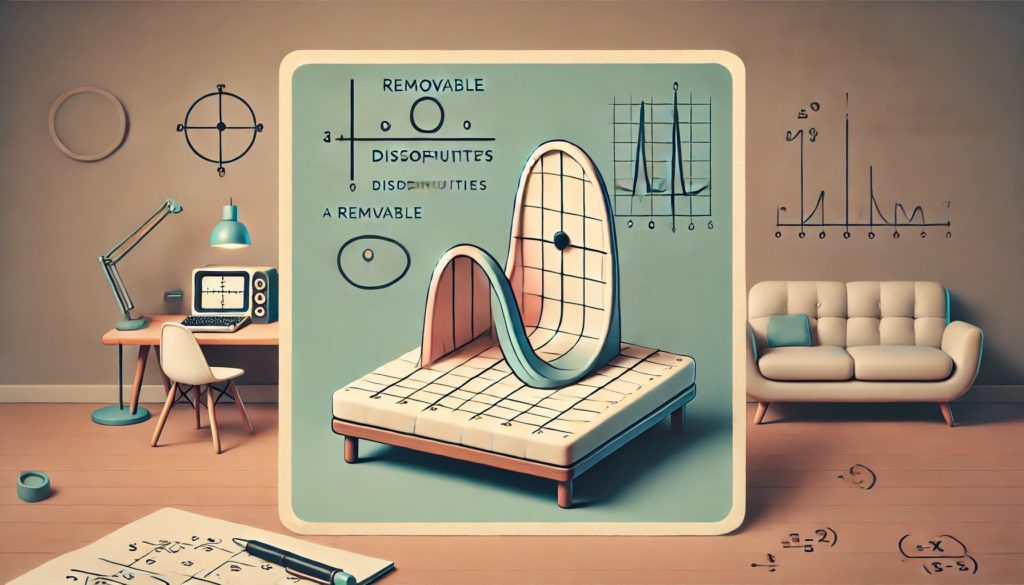Continuity of functions at a point
As we all know, function![]() is continuous at a point
is continuous at a point ![]() , When:
, When:

That is, whenthe limit of this function from below at this point is equal to the limit of the function from above at this point is equal to the value of the function at this point.
If any of the equality is not satisfied, the function![]() is discontinuous at a point
is discontinuous at a point ![]() , and the point is called the discontinuity .
, and the point is called the discontinuity .
In this naming, you can go a step further and DISTINGUISH the discontinuities. We do it like this:
Discontinuity of the first type
Discontinuity ![]() we call it discontinuity of type I if the limits
we call it discontinuity of type I if the limits  are finite (i.e. they are simply numbers).
are finite (i.e. they are simply numbers).
Additionally, if these limits are equal, then the point of discontinuity of type I is called removable .
Points of discontinuity of the second type
Discontinuity ![]() we call a type II discontinuity if some of the limits
we call a type II discontinuity if some of the limits  is not finite (i.e. it simply equals infinity plus or minus).
is not finite (i.e. it simply equals infinity plus or minus).
Example 1

This function has a point ![]() discontinuity (because the below boundary at this point is 0 and the above boundary is 1 ). This is discontinuity of the first type, because the below and above limits at this point are finite (0 and 1). However this is not a removable discontinuity, because the limits are not equal.
discontinuity (because the below boundary at this point is 0 and the above boundary is 1 ). This is discontinuity of the first type, because the below and above limits at this point are finite (0 and 1). However this is not a removable discontinuity, because the limits are not equal.
Example 2

This function has a point ![]() discontinuity (because the below and above limits at this point are not equal to the value of the function at this point). This is a discontinuity of the first type, because the below and above limits are finite (and equal to 1). This is a removable discontinuity of the first type, because the below and above limits are equal.
discontinuity (because the below and above limits at this point are not equal to the value of the function at this point). This is a discontinuity of the first type, because the below and above limits are finite (and equal to 1). This is a removable discontinuity of the first type, because the below and above limits are equal.
Example 3

This function has a point ![]() discontinuity (because the below and above limits at this point are not equal). This is a point of type II discontinuity, because the below limit at this point is equal
discontinuity (because the below and above limits at this point are not equal). This is a point of type II discontinuity, because the below limit at this point is equal![]() .
.


